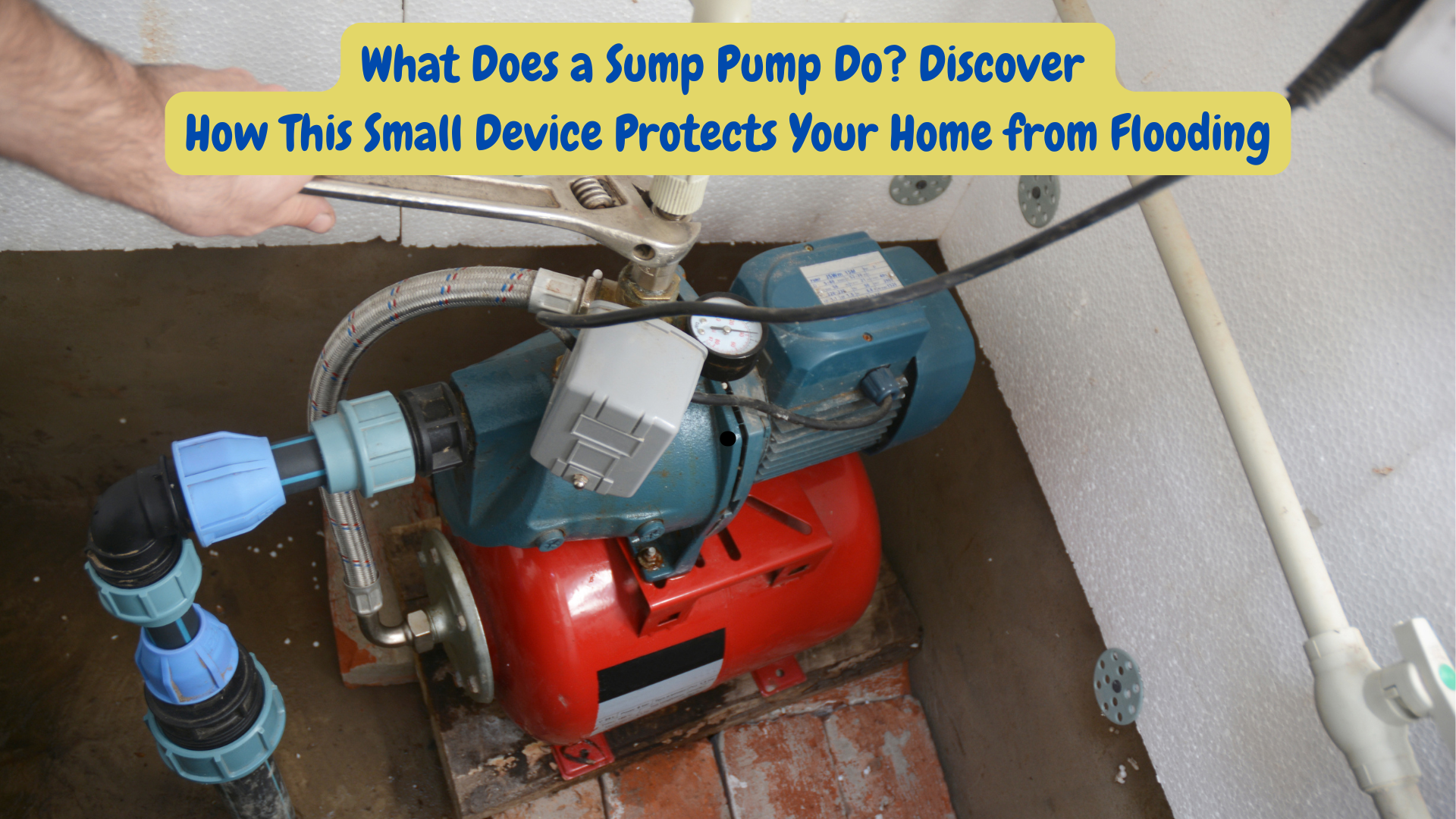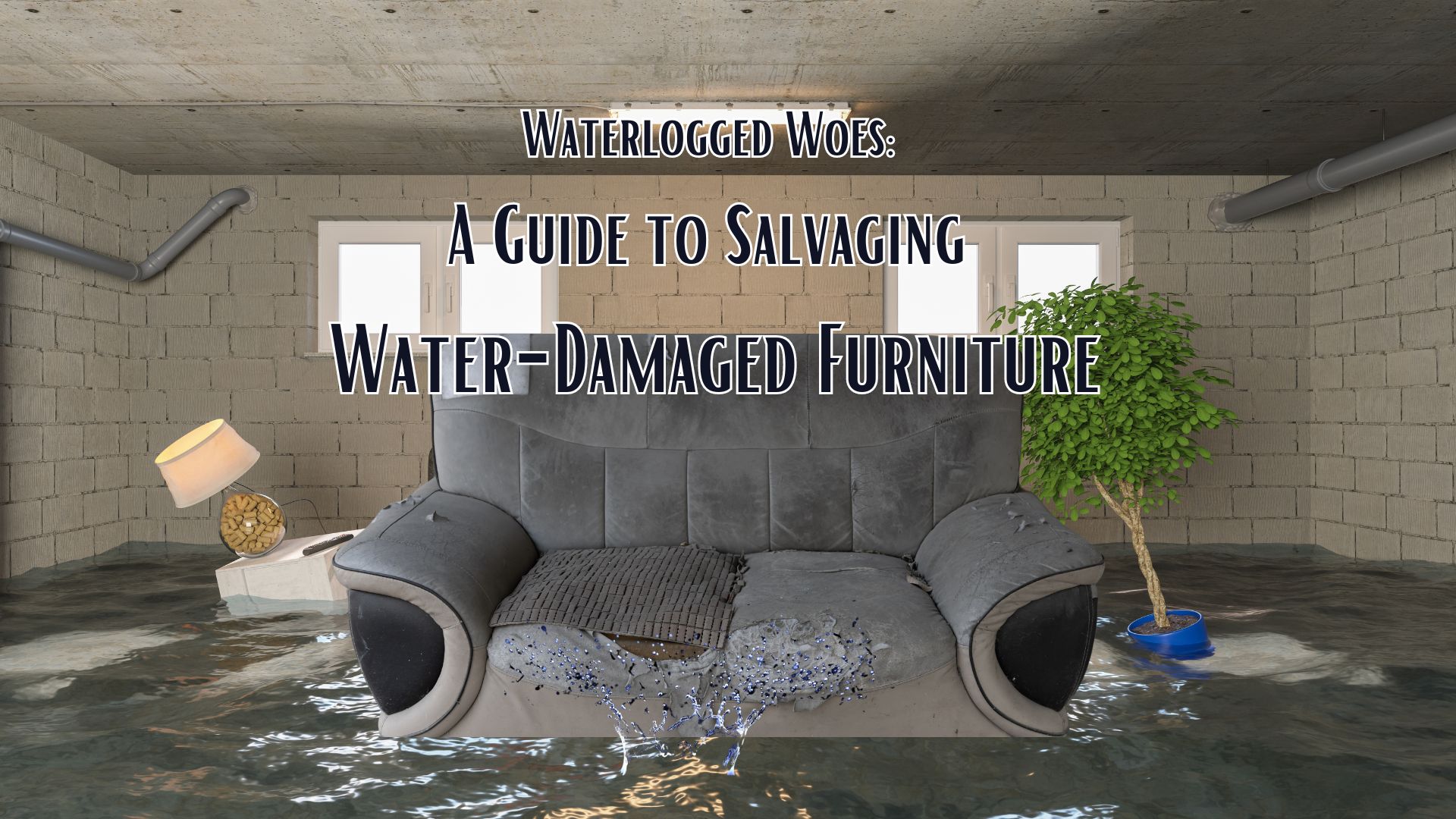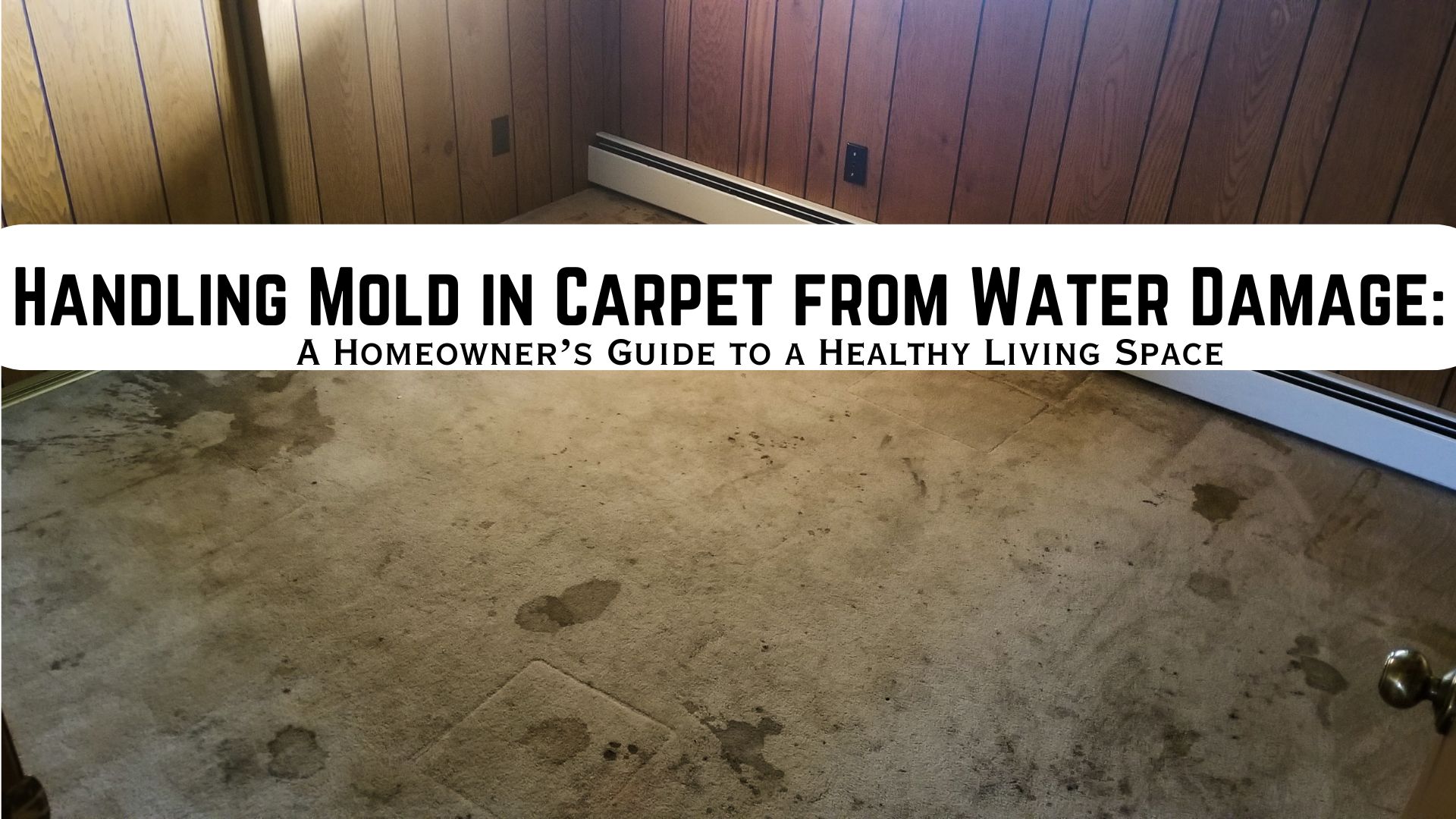
Water damage isn’t just a headache—it’s the perfect setup for a mold invasion. Imagine waking up to find your ceiling dripping like a leaky faucet. It’s stressful, right?
But does water damage cause mold? Absolutely. And that’s even more concerning—mold growth.
How Fast Does Mold Grow After a Water Damage?
Within a mere 24 to 48 hours, that water damage can turn into a breeding ground for mold spores. Spores can reproduce and spread rapidly under certain conditions. And let me tell you, mold isn’t just unsightly; it can lead to serious health issues like allergies, respiratory problems, and worse if left unchecked.
This is the reason why acting fast and repairing the damage urgently are very important.
Does Water Damage Cause Mold?
4 Factors that Accelerate Mold Growth
Here are several factors that can increase mold growing in homes and other properties. To properly avoid and handle mold problems, it is essential to understand these factors.
The availability of organic materials
Organic surfaces such as wood, drywall, carpeting, and fabrics, are ideal for mold spores to feed on. Once they start latching on these materials, they can spread rapidly throughout the room. Leaving them unattended can lead to permanent damage of your belongings or costly repairs.
Excess Moisture
Moisture problem is one of the key factors that promote mold growth. Mold needs any source of moisture to survive. That moisture that has been lying on walls or in the basement, untreated, provides the ideal conditions for mold spores to flourish and grow rapidly.
Thus, taking immediate action is necessary. Repairing things through professional water removal, can save you and your home from the danger of mold growth.
High Temperature In Your Home
Another major factor that accelerates mold growth after a water damage is the temperature of your home. When your home indoor temperature exceeds 60 degrees Fahrenheit mold will begin to grow.
Keeping your home cool using a dehumidifier can help slow down mold growth and gives you more time to repair water damage.
Poor ventilation
Just like high temperatures in your home, poor ventilation can speed up mold growth after water damage. Inadequate ventilation can trap moisture indoors and eventually encourage mold spores to grow and spread on surfaces.
Make sure to keep your home airy and dry to prevent the risk of mold growth.
By controlling moisture, improving ventilation, and maintaining a clean and dry environment, you can significantly reduce the risk of mold infestation and its associated health risks.
Understanding the Threat of Mold Growth
You might think, “I’ll mop it up and let it air out,” but here’s the catch: mold doesn’t need much to thrive. Even after things seem dry, those microscopic spores can linger in the air and settle into hidden nooks and crannies. That musty odor? It’s often the first sign that mold has moved in.
Signs of Mold Growth
- Musty odor: The most apparent sign that mold has started to grow.
- Discoloration: Discoloration on certain surfaces such as walls, carpets, floors and fabrics are another sign that mold has set in.
- Visible Mold growth: If you see any slimy patches or dark small spots on a damaged surface, it is a clear indication that mold has infected the area.
- Allergic reaction: Such as sneezing, eye irritation, coughing or difficulty breathing are allergic reactions that you may experience when mold is present inside your home.
If you spot any signs of mold, don’t delay. Determine the type of mold you are experiencing. Mildew might be manageable with DIY methods like vinegar and scrubbing, but serious cases call for professional help. A reliable mold remediation company can safely remove mold and prevent it from coming back, protecting your home and your health.
How To Prevent Mold From Water Damage
To keep mold at bay, act fast. That 24 to 48-hour window is critical to prevent potential mold problems. It is important to begin water clean up as soon as possible. Keeping things and other damaged areas dry can keep your home from secondary damage, mold growth.
Below are the processes of preventing mold.
Water Extraction
Removing any standing water from the affected area is crucial in preventing mold infestation. You may use a wet/dry vacuum to do water extraction.
Dehumidification and Ventilation
After removing any standing water, the next step should be removing moisture from the air and providing proper ventilation. Mold loves moisture and can allow it to spread even more. Be sure to open windows and run fans and dehumidifiers to dry the affected areas.
Cleaning and Drying
Use appropriate cleaning products to clean and disinfect affected items or areas. Remove any belongings such as furniture or carpets, to help speed up the process. If ceiling tiles and drywall have been water damaged, be sure to remove or replace them.
Professional Mold Remediation

Water damage and mold are two things that you definitely want to keep out of your home. Stay attentive and respond quickly to any leaks. Remember that preventing mold is easier than dealing with an actual infestation. Keep your home dry, and you’ll breathe easier knowing you’ve kept mold at bay.
Although we think every homeowner should understand the basics of water and mold remediation, we also believe that this is a specialized task best left to the experts.
Trust Superior Restoration for mold remediation to prevent mold from causing danger to your home.



